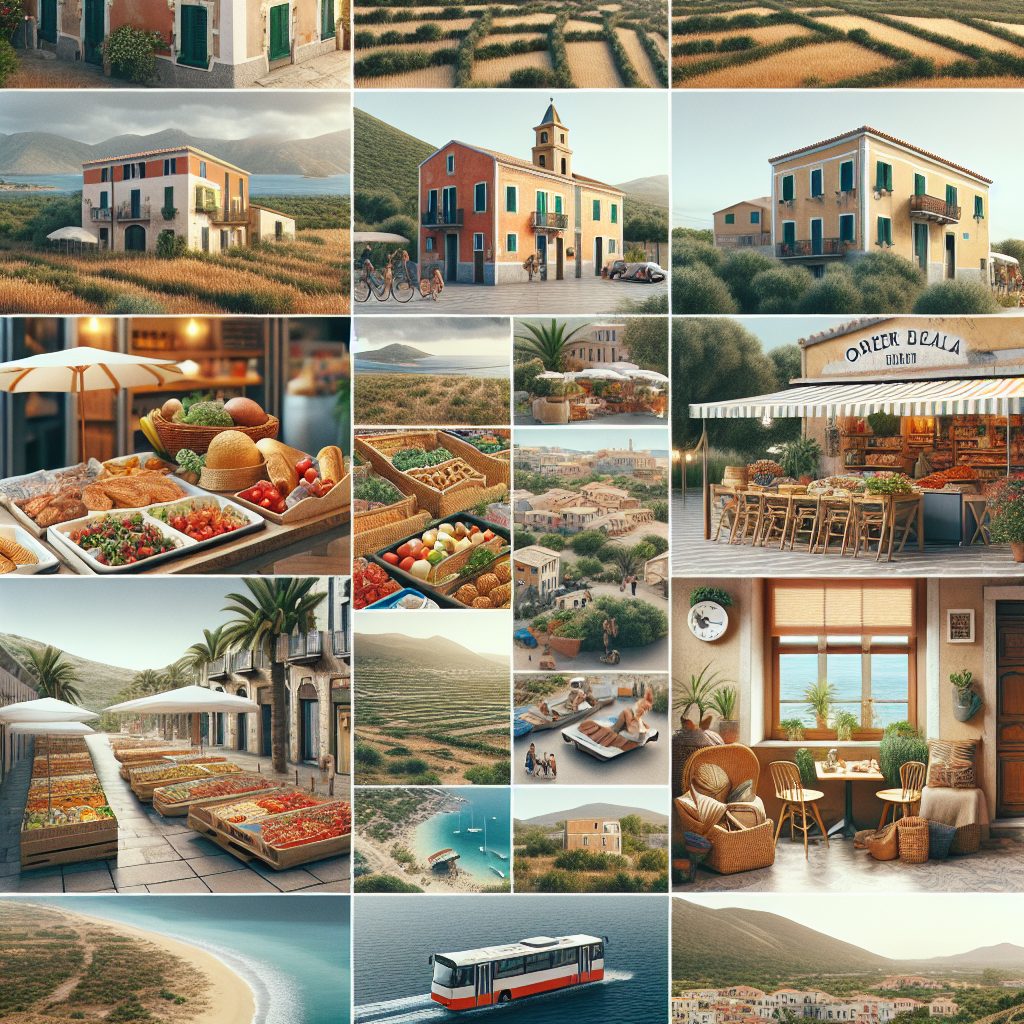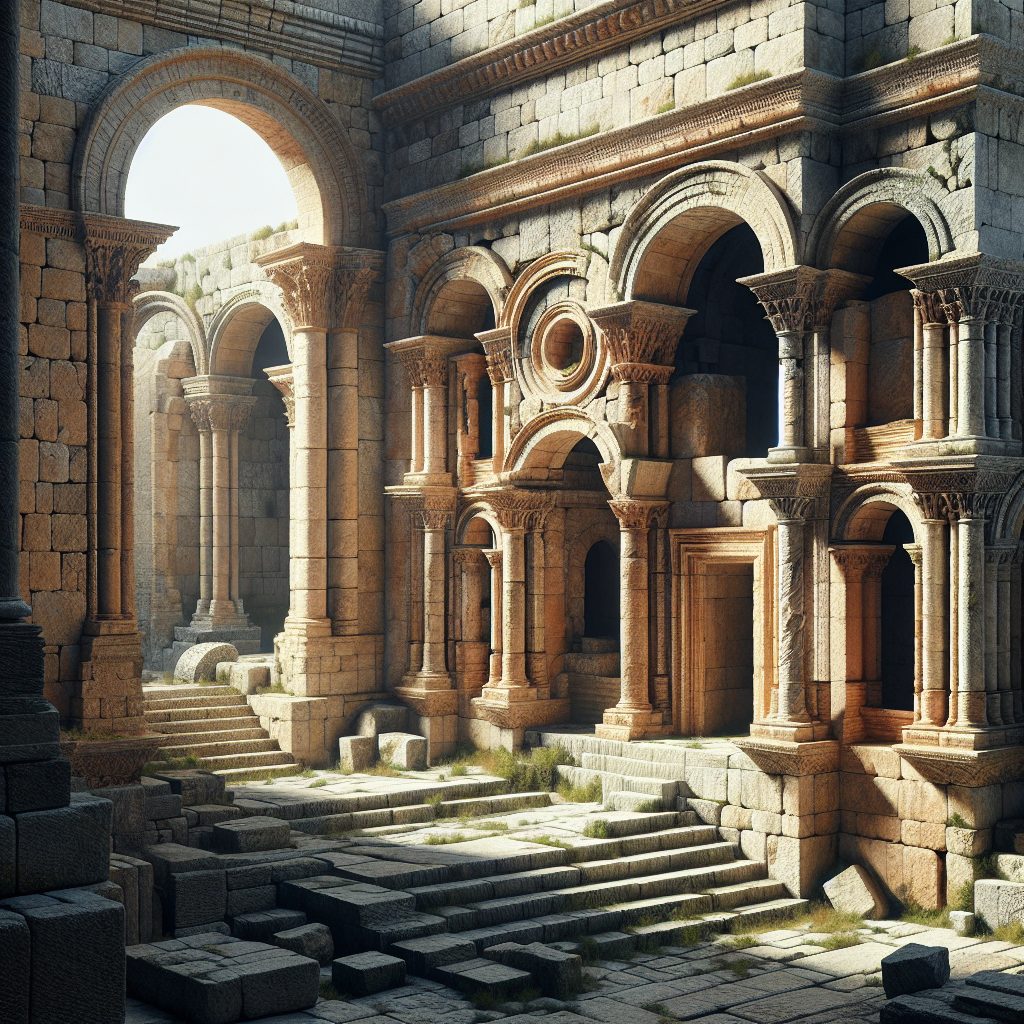Sardinia, an enchanting Italian island nestled in the heart of the Mediterranean Sea, is often celebrated for its pristine beaches, rugged landscapes, and rich cultural heritage. But beyond its touristic allure lies the day-to-day reality of its cost of living—a critical factor for anyone planning to stay for an extended period or considering relocation. From the cobblestoned streets of the historic towns to the crystal-clear waters, Sardinia offers a diverse range of living costs that mirror the varied lifestyles it accommodates. Whether you’re dining on locally-caught seafood, renting a beachfront villa, or shopping in the quaint markets, understanding the financial implications is as important as embracing the local culture.
As we delve deeper into the cost of living on this resplendent island, we will unpack the expenses associated with housing, utilities, groceries, transportation, and leisure activities, among others. Each element contributing to the overall cost will be examined, providing a comprehensive snapshot that can guide potential expatriates or long-term visitors. The upcoming section will also highlight the contrast between the more touristic regions against the less frequented rural areas, as well as the seasonal fluctuations that can affect prices. To fully prepare for Sardinian life, stay tuned as we dissect these key takeaways, furnishing you with the necessary insights to navigate the financial landscape of this Mediterranean gem.
Key Takeaways
1. The cost of living in Sardinia varies depending on the specific location within the island, with more tourist-focused areas such as the Costa Smeralda being significantly more expensive compared to less known inland towns and villages.
2. Housing costs are a major factor in the overall cost of living, with rental prices for a one-bedroom apartment in the city center averaging between €400 and €600 per month, while outside of the center the costs drop to around €300 to €500 per month.
3. Daily expenses, including groceries and dining out, can be reasonable if one sticks to local and seasonal products, with local markets offering fresh produce at competitive prices, whereas imported goods tend to be more expensive.
4. Transportation costs should be factored into the overall budget, especially for those relying on private vehicles, given that fuel prices can be high; however, public transportation is a more affordable option, with a monthly pass typically around €40.
5. Sardinia provides a range of recreational activities that can cater to various budgets, from free natural attractions such as beaches and hiking trails to paid excursions and water sports, allowing for a balanced lifestyle without excessive spending.
Exploring the Living Expenses in Sardinia: What Are the Monthly Costs?
Housing Costs on the Island
The expense of securing a place to live is usually a primary concern when considering a move. In Sardinia, the cost will significantly vary based on location and the type of dwelling. Renting a one-bedroom apartment in the city center may cost between €400 and €700 per month, whereas the same apartment outside the center can be between €300 and €600. If you are looking to buy, prices per square meter in the city center average around €2,000 to €3,500, and slightly less outside the center.
Utilities and Household Expenses
Utility costs in Sardinia for basics such as electricity, heating, cooling, water, and garbage disposal are approximately €100 to €150 monthly for an 85m² apartment. This figure can fluctuate depending on consumption, season, and energy efficiency of your home. Additionally, monthly internet services can range from €30 to €50, depending on the speed and service provider.
Food and Grocery Spending
Grocery costs in Sardinia can be relatively economical if predominantly local produce is purchased. On average, a monthly grocery bill for one person could range from €200 to €300, depending on dietary habits. Dining out adds to the expenses, with a meal at an inexpensive restaurant averaging €15 per person and a three-course meal at a mid-range restaurant around €30 per person.
Transportation Outlays
Getting around Sardinia can incur various costs. A monthly public transportation ticket may cost between €40 and €50. If you prefer to drive, gasoline prices and car maintenance should be included in your budget, which can add a significant amount depending on the frequency of use and distances traveled.
Healthcare Expenditures
While Italy’s national healthcare service covers many basic healthcare needs, it’s advisable to budget for additional health insurance. Private healthcare insurance in Sardinia could range from €30 to €100 per month, depending on coverage levels. Prescription medication and other health-related products will vary according to personal requirements.
Leisure and Entertainment
Leisure activities are an integral part of life in Sardinia and contribute to living costs. A fitness club membership may run from €30 to €60 monthly. Cinema tickets are about €8, while a night out for drinks at a bar can cost about €5 to €10 per drink. Partaking in outdoor activities like hiking or beach visits can provide affordable recreation.
Education Costs
For families with children, education expenses can add up. Private education ranges significantly but expect to budget from €200 to €1,000 monthly. Additionally, extracurricular activities and school supplies can increase the budget requirements depending on the age of the children and number of activities they engage in.
Clothing and Miscellaneous
Seasonal clothing, personal care items, and other miscellaneous expenses also need consideration in Sardinia. These costs are subjective, but setting aside €50 to €150 monthly should cover basic needs for most individuals.
What Should You Budget for Total Expenses in Sardinia?
- Assess housing options and decide whether to rent in the city center or outside for cost savings.
- Plan for utility expenses and prioritize energy-efficient appliances and habits to lower these costs.
- Take advantage of local markets for grocery shopping to save on food expenses.
- Consider using public transport or a fuel-efficient car to minimize transportation costs.
- Explore healthcare plans that meet your needs and prepare for out-of-pocket expenses for non-covered services.
- Budget for leisure activities, ensuring you have a balance of cost-effective and splurge options.
- Factor in the costs of education if you have children, including fees for private schools and extracurriculars.
- Don’t overlook clothing and miscellaneous costs when calculating the monthly budget.
“`html
What Is the Average Cost of Rent in Sardinia?
The average cost of rent in Sardinia varies based on location and property type. Urban areas like Cagliari may have higher rents, with prices for a one-bedroom apartment in the city center averaging around €500 to €700 per month. In smaller towns or rural areas, the cost can be significantly lower.
Are Groceries and Eating Out Expensive in Sardinia?
Grocery costs in Sardinia are slightly higher than some mainland Italian regions due to transportation costs. However, shopping at local markets can be cost-effective. Dining out can range from affordable pizzerias to pricier restaurants—expect to pay around €30 to €50 for a meal at a mid-range restaurant.
What are the Transportation Costs in Sardinia?
Public transportation in Sardinia is relatively affordable, with bus fares within cities being under €2. However, owning a car can lead to higher expenses due to fuel prices and maintenance, which might be necessary for more remote areas not well-serviced by public transport.
How Much Do Utilities Cost in Sardinia?
Monthly utilities for a standard 85m² apartment can range from €100 to €150, including electricity, heating, water, and garbage services. Internet and mobile phone services would add to this cost, depending on the plan and usage.
Is Healthcare Expensive in Sardinia?
Residents in Italy have access to public healthcare, including Sardinia. For EU citizens, health costs are quite low and sometimes free at the point of use. However, expats from outside the EU might need private insurance, which will increase living costs substantially.
Does the Cost of Living Differ Across Sardinia?
Yes, the cost of living can vary widely. Tourist hotspots and major cities tend to be more expensive, while inland and smaller coastal towns offer a lower cost of living. It’s advisable to research specific areas for a more precise budget.
What Is the Average Monthly Income in Sardinia?
The average monthly income in Sardinia hovers around €1,000 to €1,500 after taxes, which is below the national average in Italy. This factor can impact the overall cost of living for those relying on local employment.
Are There Any Hidden Costs to Be Aware Of?
Yes, potential hidden costs include housing transaction fees if purchasing property, vehicle registration and insurance if owning a car, and occasional higher costs for imported goods due to Sardinia’s island location.
What Are the Cheapest Areas to Live in Sardinia?
Generally, the interior regions of Sardinia, away from the coast, are cheaper in terms of both housing and general living expenses. Towns like Nuoro can be more affordable compared to coastal cities like Olbia or Alghero.
Can You Live in Sardinia on a Budget?
It is possible to live in Sardinia on a budget, especially if you choose less expensive housing, cook at home using local ingredients, and minimize reliance on personal transportation by using public services. The key is to adapt to a local lifestyle and avoid tourist-centric spending habits.
Final Thoughts
Living in Sardinia can be a dream come true for those looking for a Mediterranean lifestyle, but it’s important to understand the financial implications before making the move. While certain aspects like housing and dining may be less than in major urban centers in Europe, the cost of transportation and utilities can add up. A critical takeaway is the importance of location within the island when it comes to expenses; life in a lesser-known inland town differs financially from residing in a beachside community.
To truly enjoy what Sardinia has to offer, prospective residents should consider their budget and lifestyle choices carefully. With the right planning and knowledge, it is possible to balance the cost of living with the undeniable charm and beauty of this Italian island paradise.
“`





